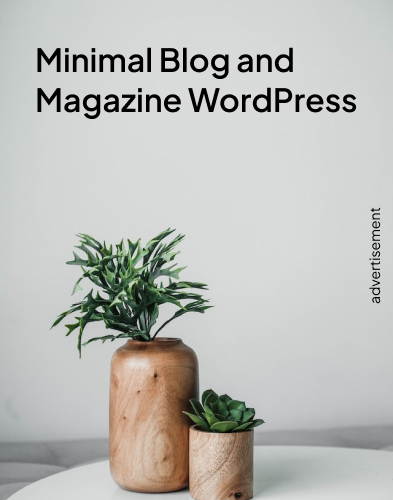The History of Ceili Bands

Ceili bands hold a special place in Irish culture, symbolizing the vibrancy and communal spirit of traditional Irish music and dance. These bands, rooted in Irish heritage, are instrumental in providing music for social dances known as céilís. Over time, ceili bands have evolved from intimate gatherings to becoming emblematic of Irish music on the global stage.
Read more on: Music and Dance
Origins of Ceili Bands
Ceili bands originated in Ireland in the late 19th and early 20th centuries, during a period of cultural revival. As urbanization and emigration threatened traditional practices, there was a concerted effort to preserve Irish music, dance, and language. Céilí dances, inspired by folk traditions, became a means to bring communities together, and musicians formed bands to provide live music for these gatherings.
The Role of the Gaelic League
The Gaelic League, founded in 1893, played a pivotal role in the rise of ceili bands. The organization aimed to promote Irish culture, language, and traditions, organizing events where traditional music and dance could flourish. These events fostered a resurgence of interest in Irish music, encouraging the formation of structured ceili bands to accompany the dances.
Evolution of Ceili Bands
Initially, ceili bands were informal groups of musicians playing in small village halls or at local gatherings. Instruments typically included fiddles, flutes, and tin whistles, with occasional accompaniment from a bodhrán or piano.

By the 1920s and 1930s, ceili bands became more formalized, often consisting of 10–12 musicians. They adopted a rhythmic and structured style to suit large dance halls, ensuring that dancers could easily follow the music. Instruments like accordions, concertinas, banjos, and drums were added to amplify sound and enhance rhythmic support.
The Golden Age of Ceili Bands
The mid-20th century marked the golden age of ceili bands. In the 1940s and 1950s, as Irish dance halls became popular social hubs, demand for ceili bands surged. Bands like the Kilfenora Ceili Band and Tulla Ceili Band gained nationwide fame, setting standards for performance and repertoire.
Radio and recording technology also contributed to the rise of ceili bands, allowing their music to reach a wider audience. Raidió Éireann, the national broadcaster, often featured ceili bands, further solidifying their place in Irish cultural identity.
Challenges and Transformation
By the 1960s, the popularity of ceili bands began to wane as other musical genres like rock and pop emerged. Traditional Irish music also saw a shift towards smaller, more experimental ensembles and solo performers, influenced by the folk revival movement.
However, ceili bands adapted by incorporating modern influences and maintaining a connection to Irish dance traditions. Many bands continued to perform at festivals, competitions, and cultural events, keeping the tradition alive.
The Revival and Modern Ceili Bands
In recent decades, ceili bands have experienced a resurgence, driven by renewed interest in Irish heritage and traditional arts. Organizations like Comhaltas Ceoltóirí Éireann have been instrumental in promoting ceili music and dance, organizing workshops, competitions, and international tours.
Modern ceili bands often blend traditional and contemporary elements, appealing to diverse audiences while staying true to their roots. Festivals like the Fleadh Cheoil na hÉireann showcase the enduring appeal of ceili bands, drawing performers and fans from around the world.
Cultural Significance of Ceili Bands
Ceili bands are more than just musical ensembles—they are a celebration of Irish identity and community. They serve as a bridge between generations, connecting people through shared cultural expressions. Whether playing in small village halls or grand international stages, ceili bands embody the spirit of Irish music and dance.
Conclusion
The history of ceili bands reflects the resilience and adaptability of Irish cultural traditions. From their humble beginnings to their role in cultural preservation and modern revival, ceili bands continue to be a vibrant part of Ireland’s musical heritage. They remind us of the power of music and dance to bring people together and keep traditions alive.
FAQs
What is a ceili band?
A ceili band is a traditional Irish music ensemble that plays for céilí dances, often consisting of fiddles, flutes, accordions, and other instruments.
When did ceili bands originate?
Ceili bands originated in the late 19th and early 20th centuries as part of efforts to preserve Irish music and dance traditions.
What instruments are used in ceili bands?
Common instruments include fiddles, flutes, tin whistles, accordions, concertinas, banjos, pianos, and drums.
Are ceili bands still popular today?
Yes, ceili bands continue to thrive, especially at festivals, cultural events, and competitions celebrating Irish traditional music.
What are some famous ceili bands?
Notable ceili bands include the Kilfenora Ceili Band, Tulla Ceili Band, and others featured in Irish music history and festivals.











